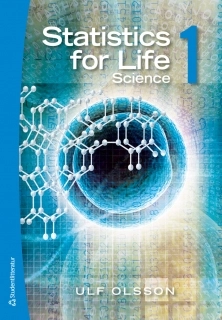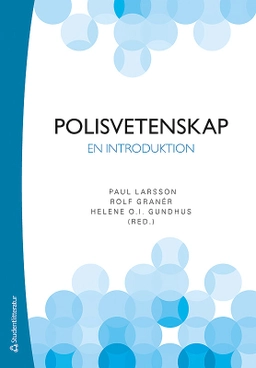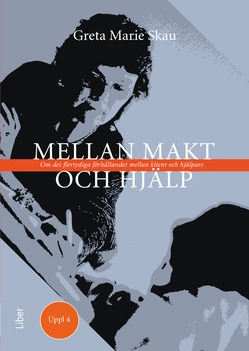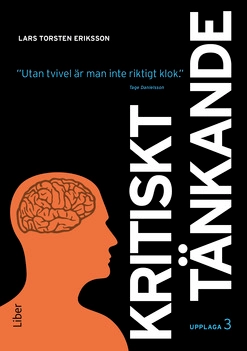Statistics for Life Science is a series of two books in statistics for students majoring in the life sciences. The emphasis is on methods for drawing conclusions from biological data. Most of the examples and exercises use real data from published research. Analyses are illustrated with printouts from the SAS and Minitab packages. Each chapter includes a number of exercises with solutions. Supplementary material, including solutions to many exercises using the R language, is available at the book’s home page.
The book starts with an overview of descriptive statistics, probability and probability distributions. Statistical inference for one and two samples is covered, as well as inference on proportions. The design of biological experiments is discussed. Analysis of variance in several situations is also covered: completely randomized designs, block designs, Latin squares, and factorial experiments. Some models with random factors and mixed models are also covered such as one-way, two-way and split-plot designs. A chapter on model diagnostics is included as well as a chapter on methods for deciding the sample size before data are collected.
The purpose of the book is to provide a rather comprehensive overview of statistical methods used in the life sciences. It is intended for courses in statistics for students majoring in biology, ecology, medicine, nursing, agronomy, pharmacology and other life sciences.
Åtkomstkoder och digitalt tilläggsmaterial garanteras inte med begagnade böcker





















